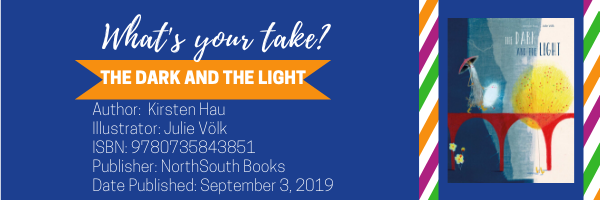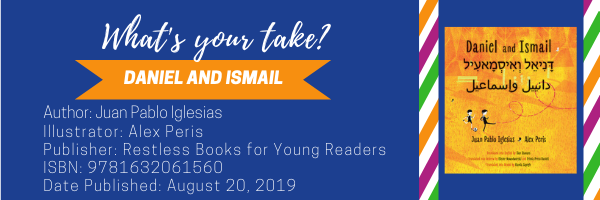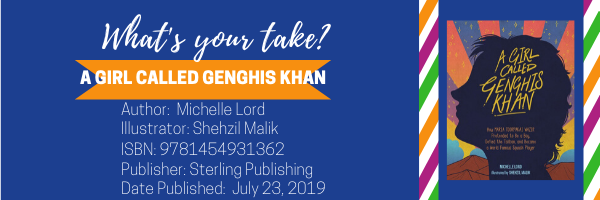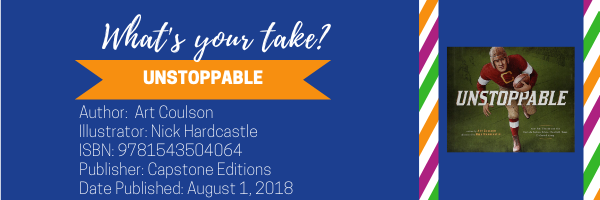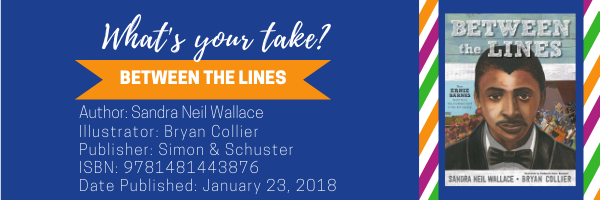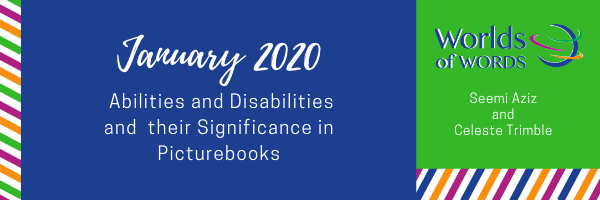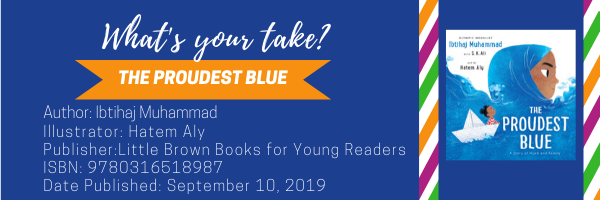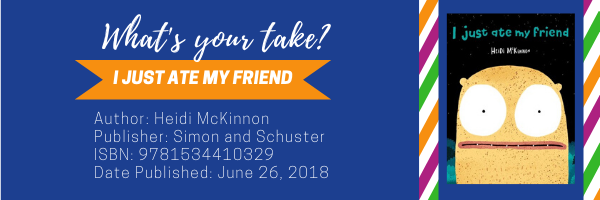Jean Schroeder, The IDEA School, Tucson, AZ and Holly Johnson, University of Cincinnati, Cincinnati, OH
HOLLY: So, after Angel Thieves and The Season of Styx Malone, I can’t help but think about other relationships that might be considered strange on the surface, but on second glance create connection and hope. Another such narrative is the picturebook, Lubna and Pebble (2019) by Wendy Meddour and illustrated by Daniel Egnéus. Lubna, a young refugee, has a friendship with a pebble. She talks to it, carries it with her and finds comfort in its presence. There are profound concepts in this book that include a sense of human connection to the earth as well as the concept of the solidity of a rock, or in this case a pebble, which is appropriate for so young a child. The earth gives us our footing. We are, after all, earthlings! Lubna finds Pebble when she and her father arrive on the beach of a new country. I think of Syrian refugees crossing from Turkey to Greece and finding themselves in “a World of Tents.” Lubna is lost in thinking about her homeland, the war, and her brothers. Pebble becomes a connection and is Lubna’s best friend. Then one day, Amir, another young refugee, arrives at the camp. Amir and Lubna become friends until the day Lubna leaves because she and her father have found a new place to live. Suddenly, Pebble’s role in Lubna’s life shifts. I cannot help but think of how some relationships are strong but only temporary, yet in that limited time and space, connections and hope still form. What did you think of Lubna and Pebble, Jean?
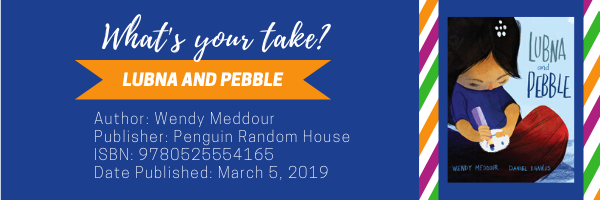 Continue reading →
Continue reading →


